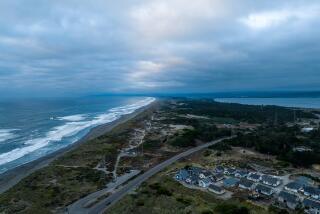Inside private communities
- Share via
A detailed study of the 36,000 California neighborhoods governed by private homeowner associations suggests that residents are not retreating from civic engagements and obligations even though they privately contract for traditionally public services.
But the Public Policy Institute of California, in its analysis of the state’s fastest-growing residential lifestyle, also warns that exclusivity and segregation could easily grow in the years ahead as 60% of the state’s new residences are built in private communities.
The report comes as one-fourth of California’s 12 million housing units already are within common-interest developments. The trend has triggered a wave of new conflicts over such things as foreclosures for missed dues payments and the rights of residents.
As lawmakers increasingly try to regulate privately governed communities and their homeowner associations, talk has grown of forming a new state agency to oversee and resolve their growing disputes.
Homes and condominiums in private communities as a percentage of all homes in a region include Los Angeles-Ventura-Orange counties, 21%; San Diego County, 42%; San Bernardino and Riverside counties, 38%; compared with 25% statewide, according to “Planned Developments in California: Private Communities and Public Life.”
More to Read
Get the L.A. Times Politics newsletter
Deeply reported insights into legislation, politics and policy from Sacramento, Washington and beyond. In your inbox twice per week.
You may occasionally receive promotional content from the Los Angeles Times.










